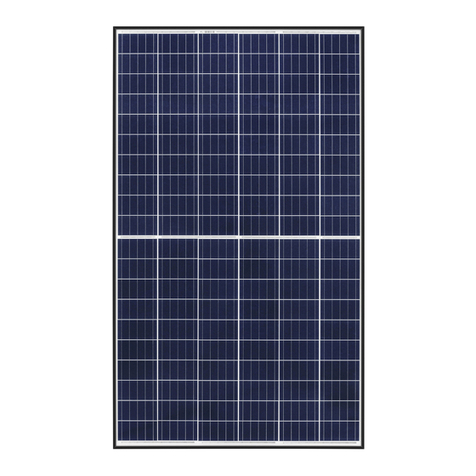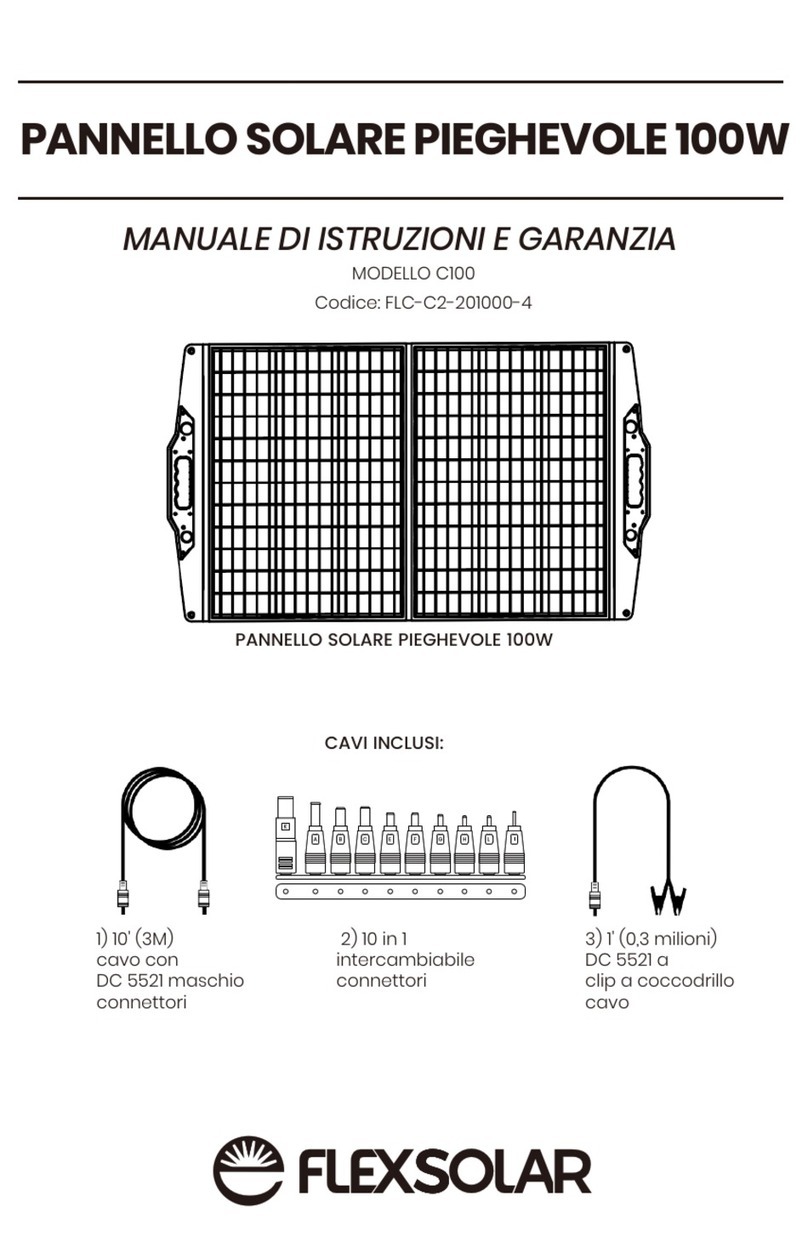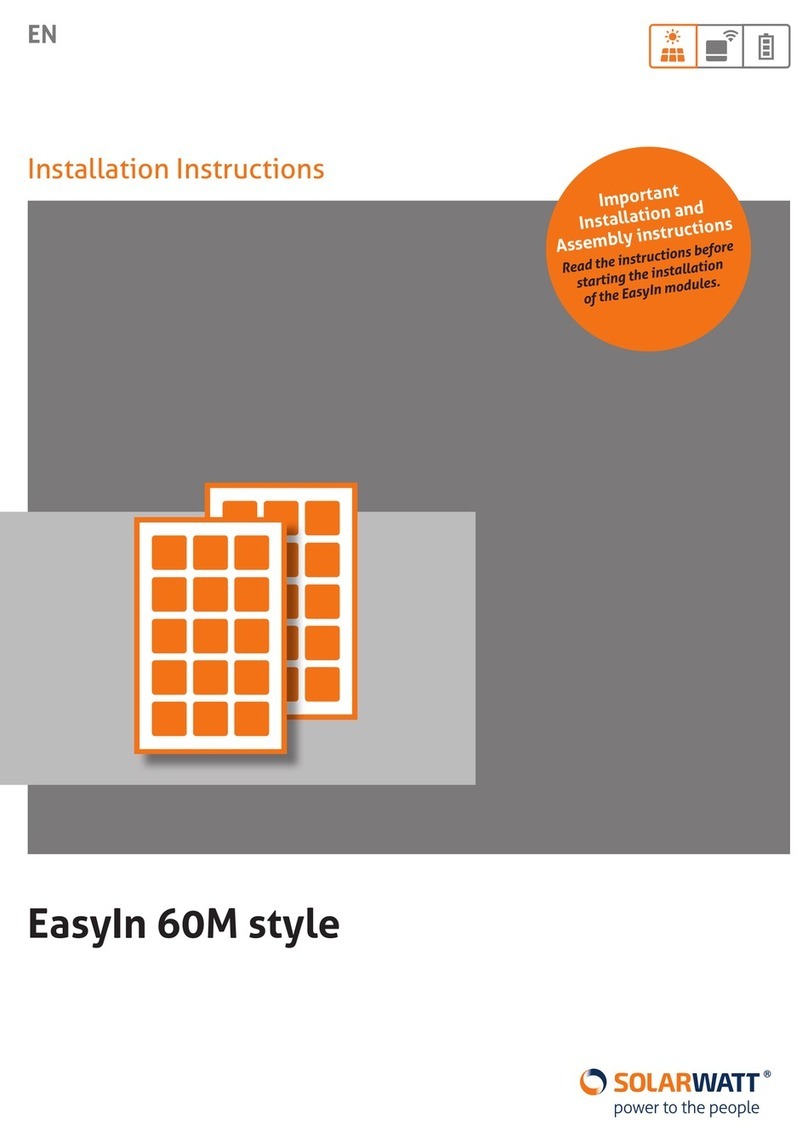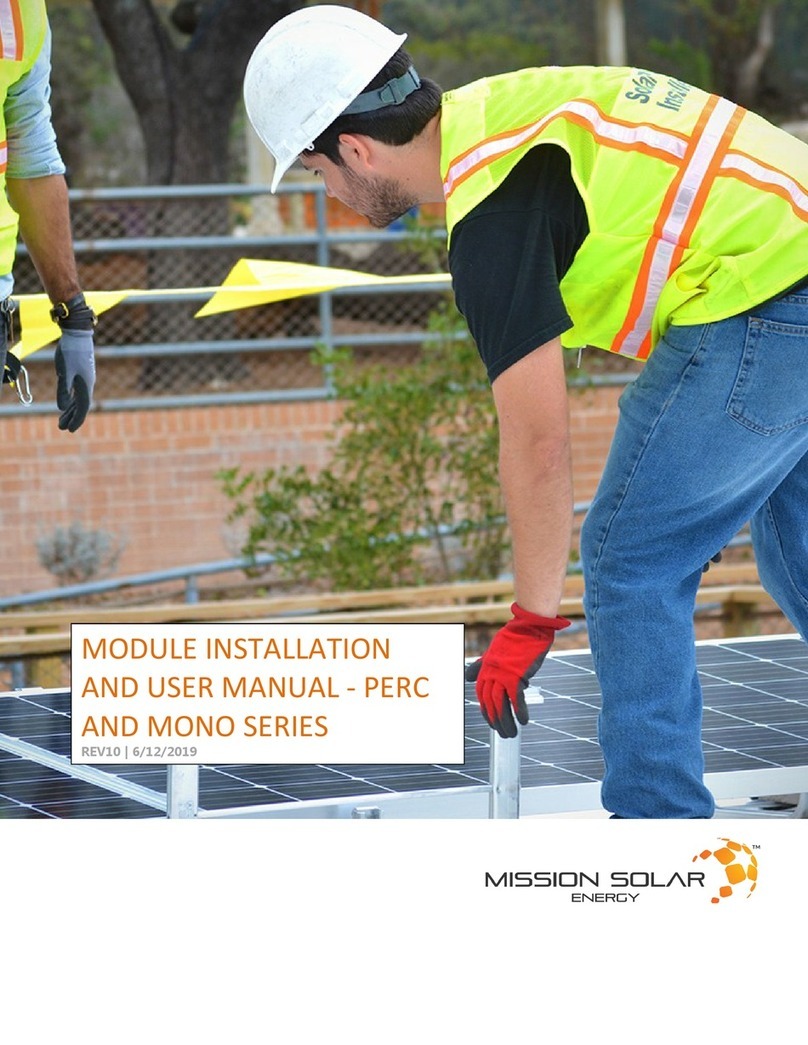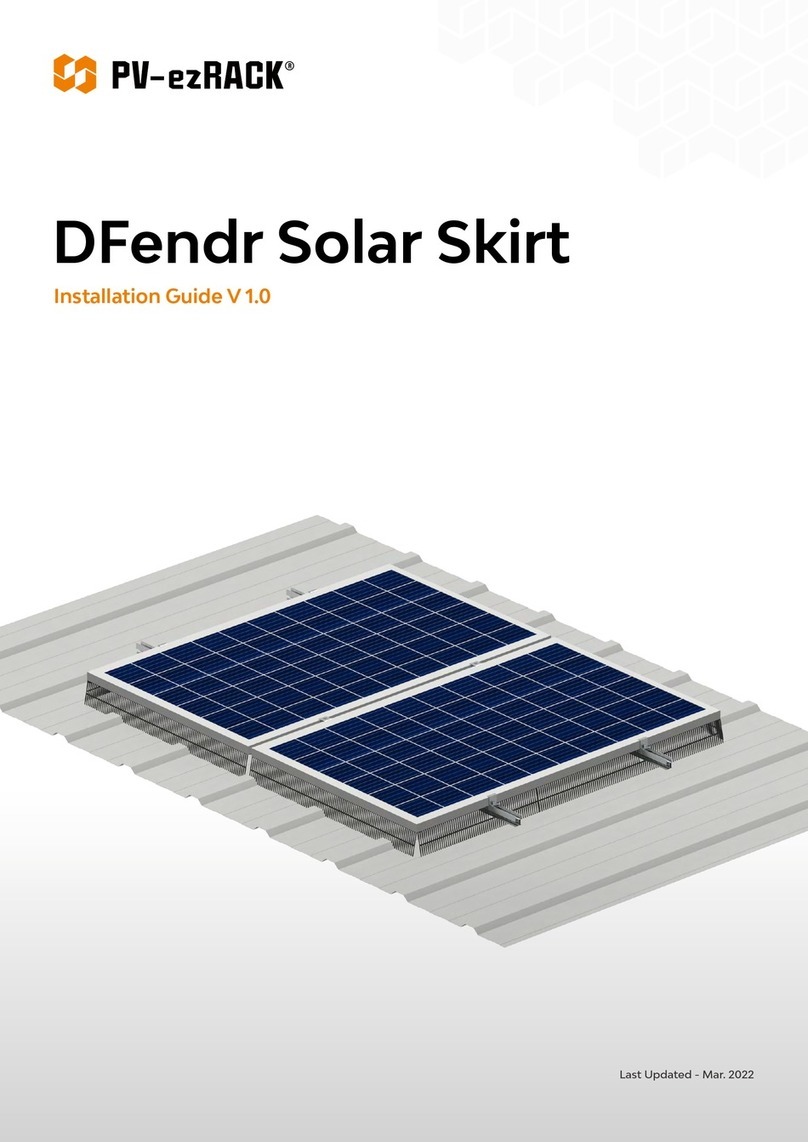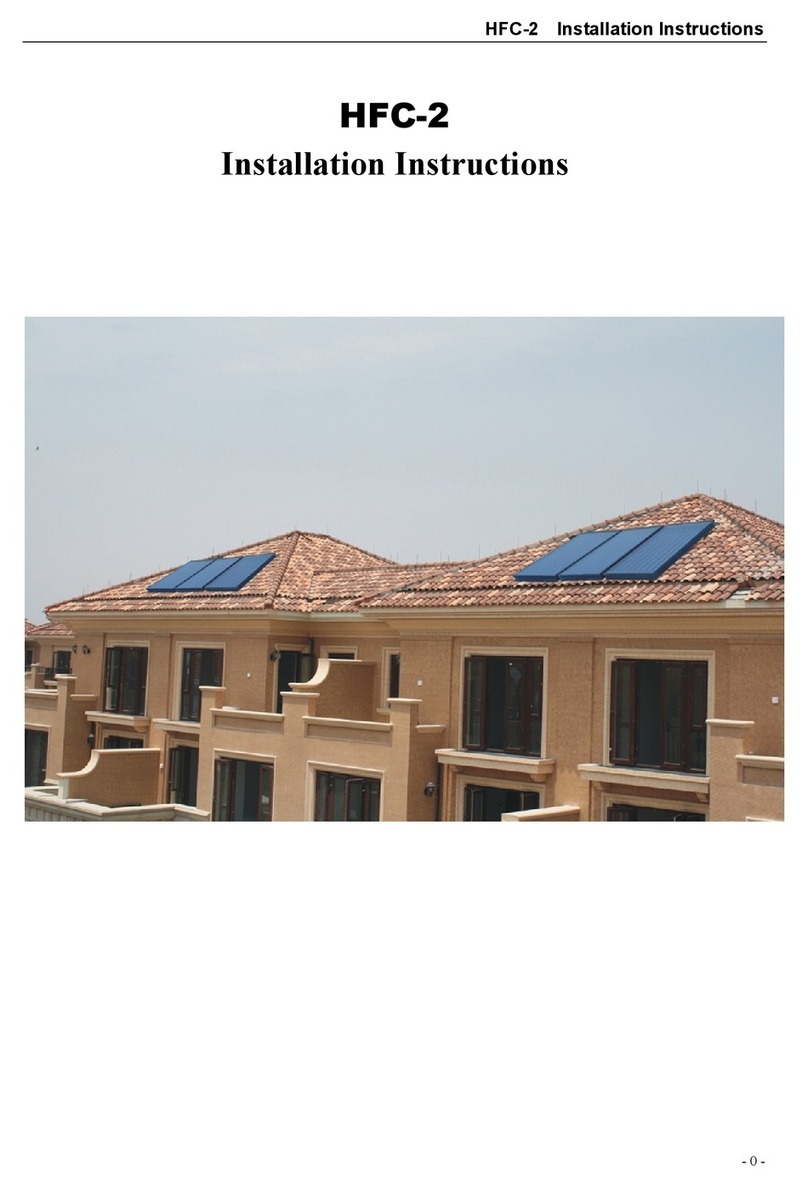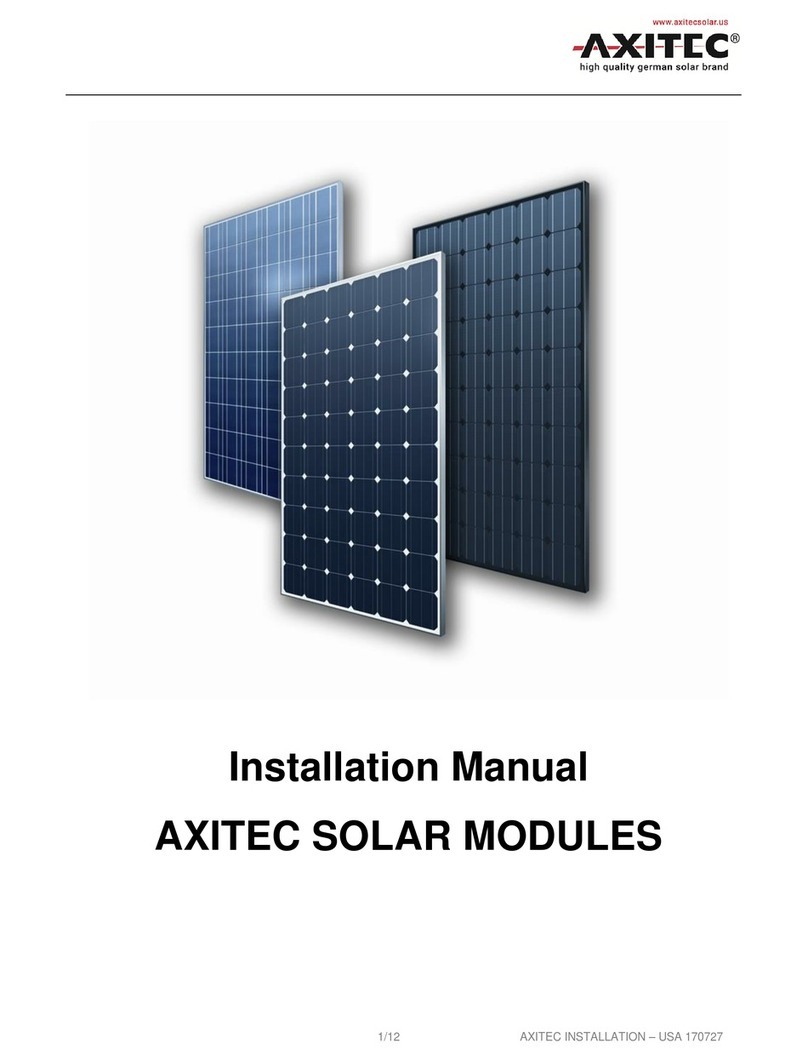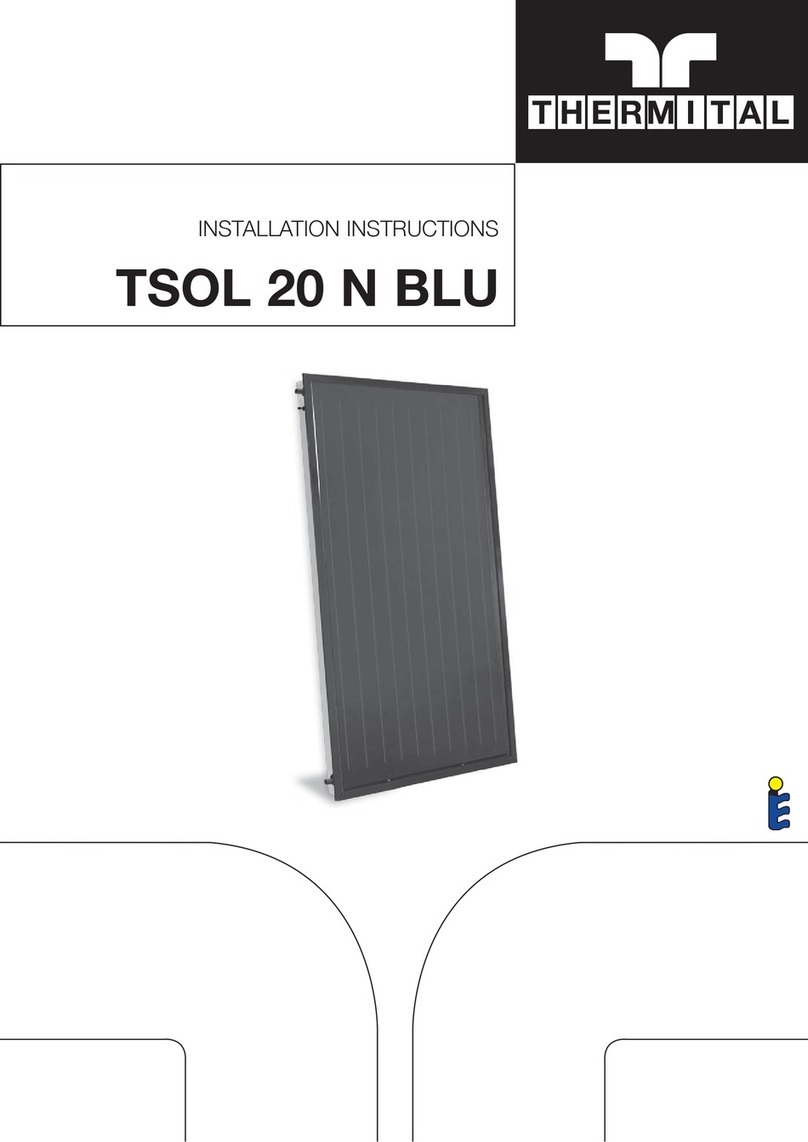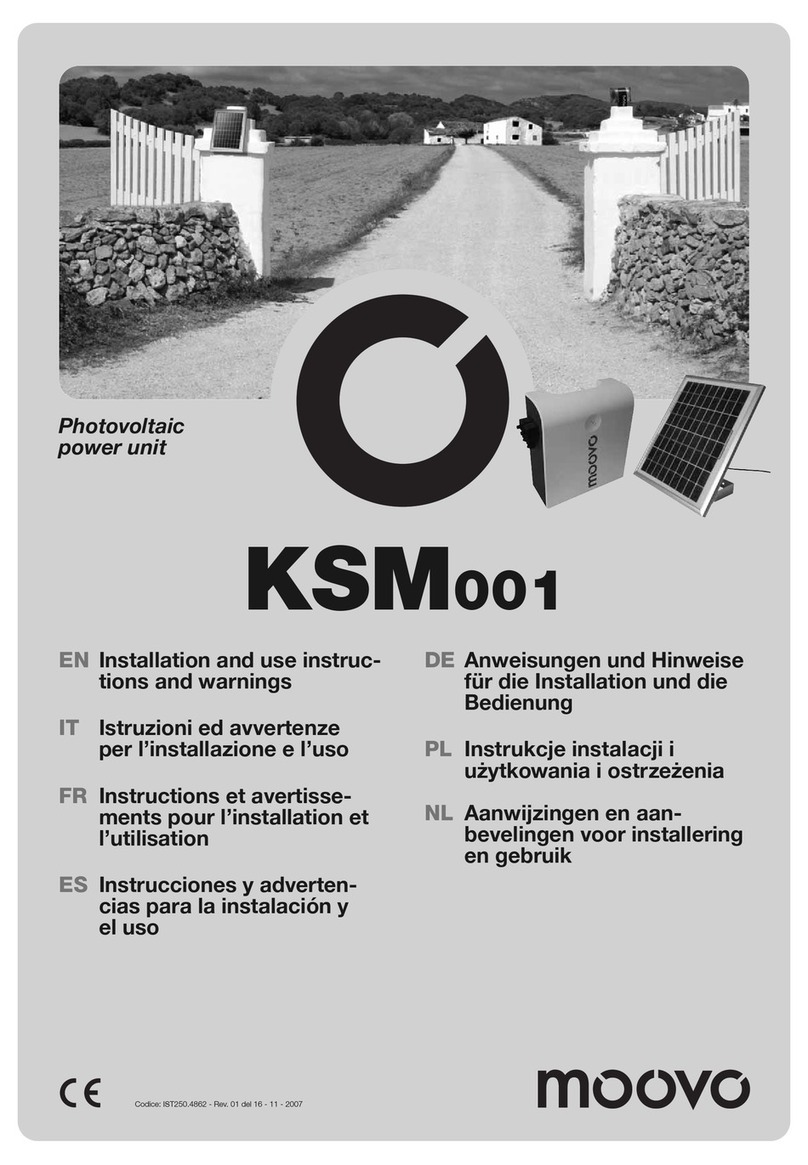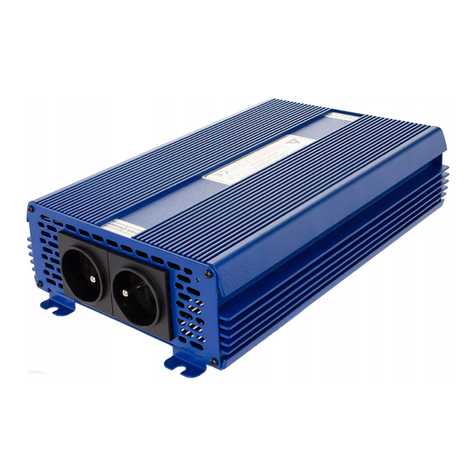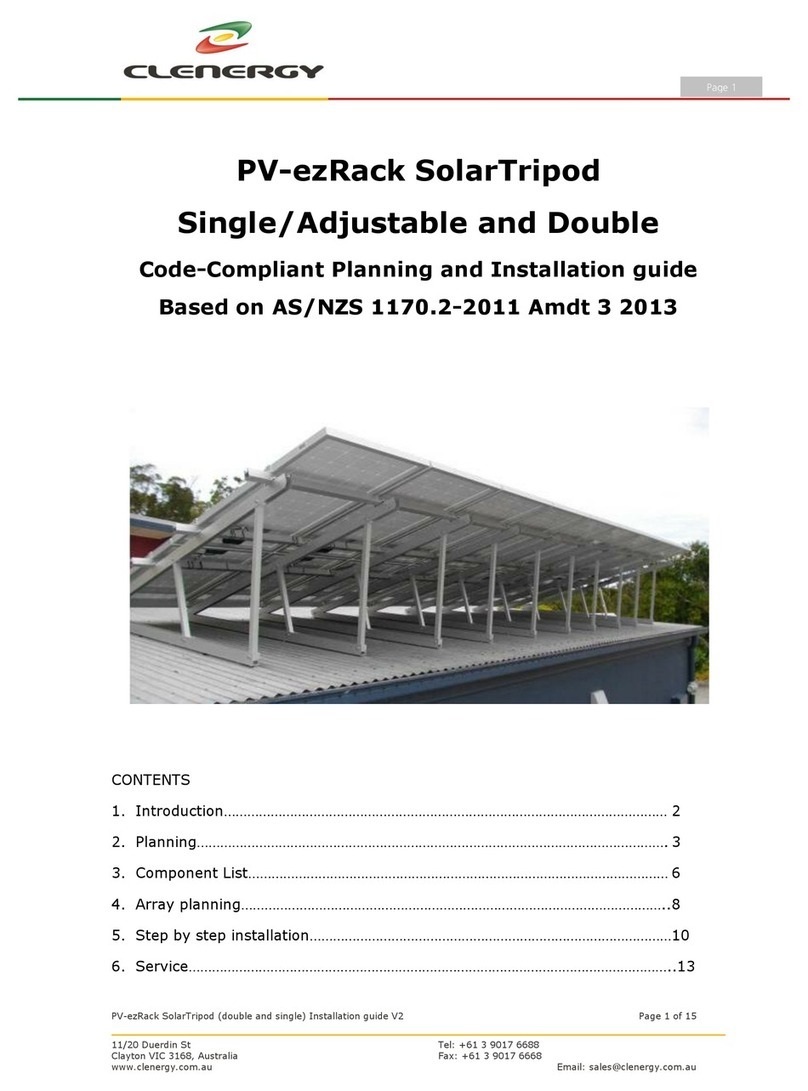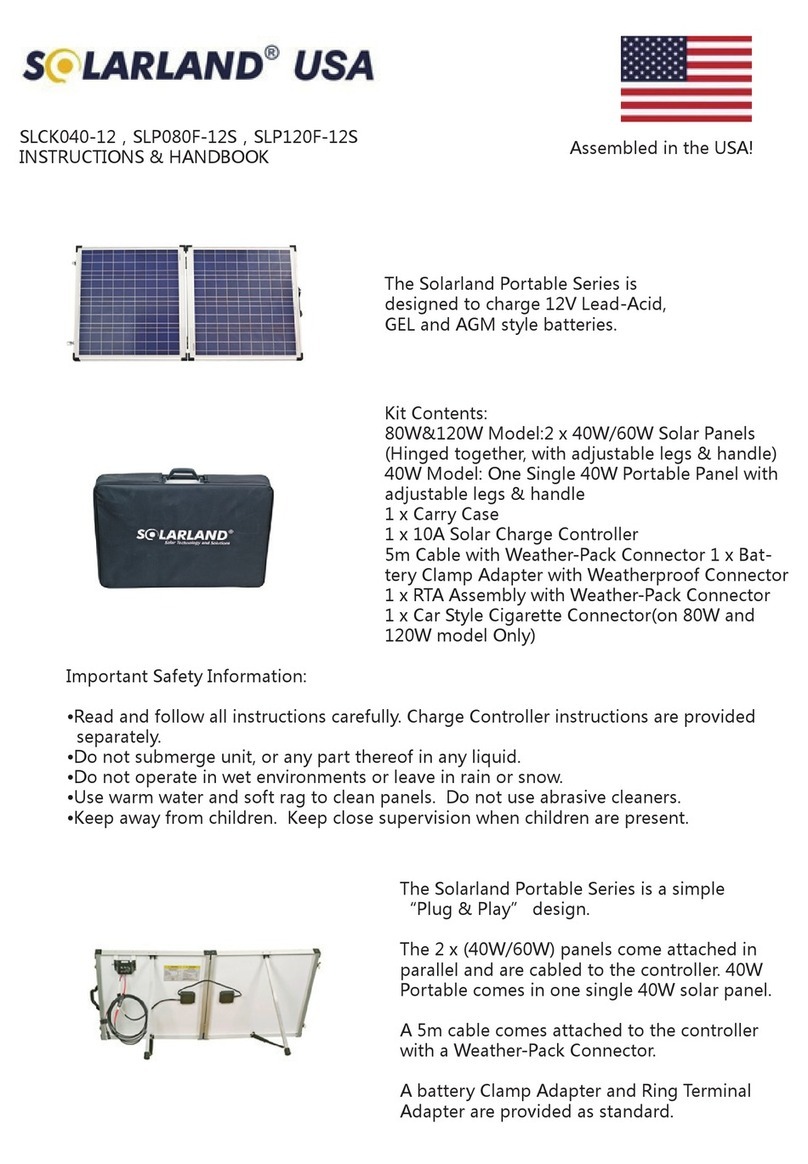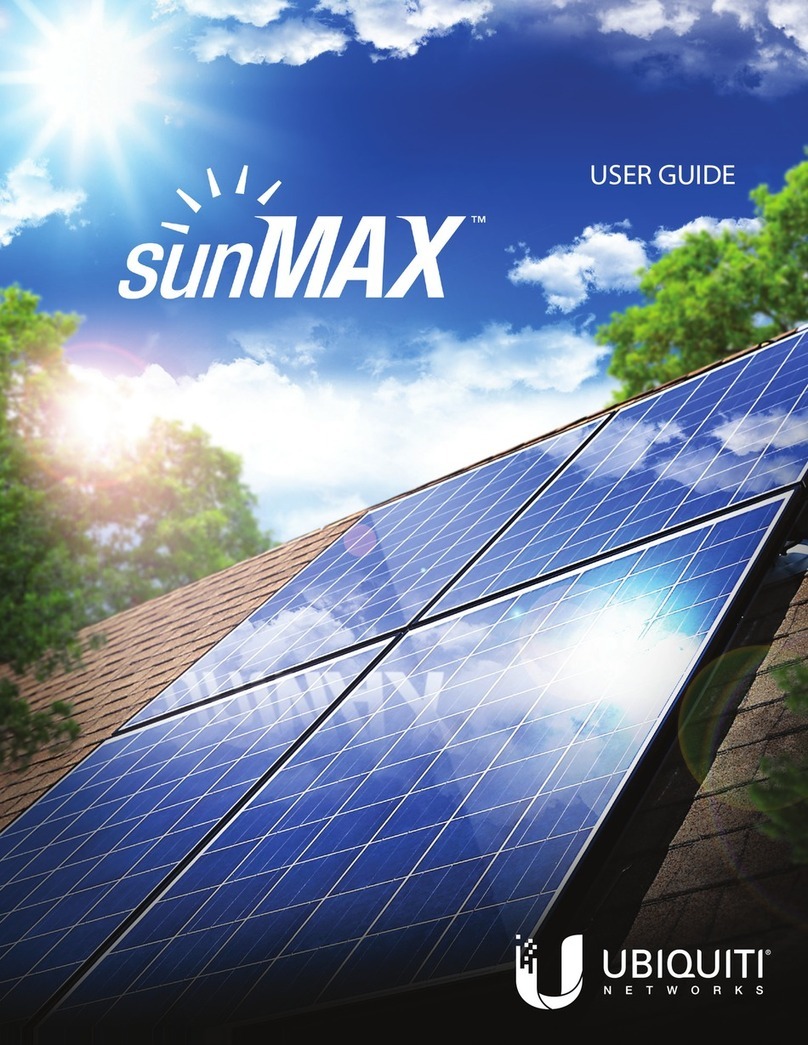
3.5. Fire Safety
Please refer to regional laws and regulations before installing modules and abide by the
building's fire safety standards and requirements. According to the corresponding
certification standards, the fire rating of ReNew modules is IEC Class C.
Do not carry modules on your head.
Ne portez pas de modules sur la tête.
Do not carry modules with ropes.
Ne transportez pas les modules avec des cordes.
Do not carry modules on your back.
Ne transportez pas les modules sur votre dos.
Do not artificially concentrate sunlight on the module.
Ne concentrez pas artificiellement la lumière du soleil sur le module.
During the normal operation of modules, they should not be blocked by buildings, trees,
chimneys, etc. at any time of the day.
Pendant le fonctionnement normal des modules, ils ne doivent pas être bloqués par des
bâtiments, des arbres, des cheminées, etc. à tout moment de la journée.
Do not scratch anodic coating of the aluminium alloy frame except for grounding
connection. Scratch may lead to frame corrosion and reduce frame loading capacity and
long-term reliability.
Ne rayez pas le revêtement anodique du cadre en alliage d'aluminium, sauf pour la connexion
de mise à la terre. Les rayures peuvent entraîner la corrosion du cadre et réduire la capacité
de charge du cadre et sa fiabilité à long terme.
Do not repair problematic modules on your own.
Ne réparez pas vous-même les modules problématiques.
The junction box must meet IP68 requirements, however they must be protected from direct
sunlight and water immersion. The interconnection of female-male connectors shall meet the
IP68 requirements.
La boîte de jonction doit répondre aux exigences IP68, mais elle doit être protégée de la
lumière directe du soleil et de l'immersion dans l'eau. L'interconnexion des connecteurs
femelle-mâle doit répondre aux exigences IP68.
The junction box connector should not be in contact with oily substances, organic solvents
and other corrosive materials, like alcohol, gasoline, lubricants, rust inhibitors, herbicides, to
avoid damage to the connector.
Le connecteur de la boîte de jonction ne doit pas être en contact avec des substances
huileuses, des solvants organiques et d'autres matériaux corrosifs, c'est-à-dire de l'alcool, de
l'essence, des lubrifiants, des inhibiteurs de rouille, des herbicides, pour éviter d'endommager
le connecteur.
Solar PV ModuleInstallation Manual |Page 7
